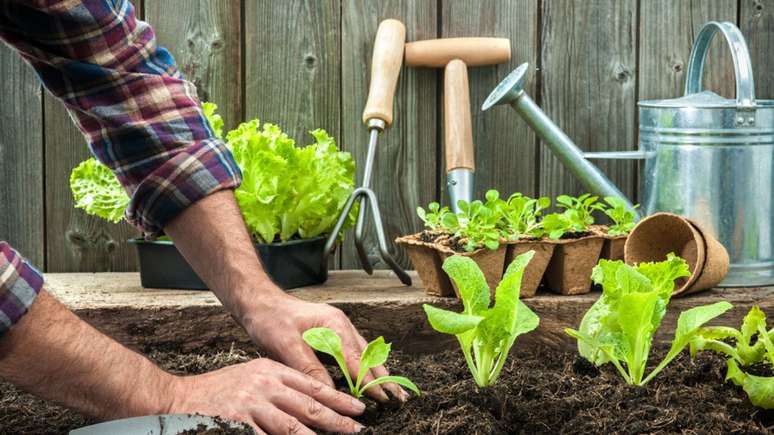If you think that having a garden at home and growing PANCs takes a lot of space, know that this is a mistake. They can be grown, both in the garden and in pots, for those with little space at home! But why have a home garden with these plants?
html[data-range=”xlarge”] figure image img.img-4532b821ff6b75c7637fff7d51516d8ay70a9beq { width: 774px; height: 435px; }HTML[data-range=”large”] figure image img.img-4532b821ff6b75c7637fff7d51516d8ay70a9beq { width: 548px; height: 308px; }HTML[data-range=”small”] figure image img.img-4532b821ff6b75c7637fff7d51516d8ay70a9beq, html[data-range=”medium”] figure image img.img-4532b821ff6b75c7637fff7d51516d8ay70a9beq { width: 564px; height: 317px; }
First of all, the term PANC is an abbreviation of Unconventional food plants. In other words, this means that PANC are edible plant species, but they are not so present in the daily menu. While they are less easy to find, they do provide health benefits.
In addition, unconventional plants guarantee a varied menu. And the best thing about growing these species at home is that they offer many nutrients that are important for health, being a way to vary the menu in a very healthy way. After all, everything you consume will be natural and pesticide free.
Food plant based it is increasingly in demand in Brazil, because more and more vegan diet enthusiasts are looking for products free from ingredients of animal origin. Also, the pancs are rich in minerals, fiber, antioxidants, and protein.
How to plant PANC?
To start the conversation, it’s important to understand that sowing PANC can be done from seedlings or seeds. The seedlings can be acquired with acquaintances or people who already have. Seeds can be purchased from nurseries. Pretty easy, isn’t it?
So it is. While it’s easy, you also need to pay attention to the PANC you’ll be planting. This is because there are small plants that will adapt better to milder temperatures, while others to warmer locations. Therefore, it is extremely important to know at least a little bit about the unconventional plant that interests you.
As for sowing, there are no secrets! PANCs are hardy, so they don’t require prior soil preparation because they adapt easily to the earth, especially if they coexist with other plants or vegetables. They also don’t require much fertilization and not so much care. The ideal is to plant them between lettuce, cabbage and chives.
PANC options for seeding
- Ora-pro-nobis: in addition to being rich in fiber, it helps in the functioning of the intestine and generates a sense of satiety. It has a high protein content, both the leaves and the stem can be eaten in salads, omelettes, pastas and juices.
- Bertalha: it is also known as Indian spinach, it is made up of different nutrients and vitamins such as vitamins A, B, B2, B5 and C, being perfect to have in the home garden. On a daily basis, she can substitute spinach and even kale, on the other hand, it also goes very well in the filling of pies and savory pies. 7
- Dandelion: This plant has numerous benefits, such as aiding heart health, controlling cholesterol levels, facilitating digestion, and even helping whet the appetite. Its consumption can take place through herbal teas, salads and sauces.
- taioba: this also known PANC is rich in iron. To plant in the home garden, it is important to know that it appreciates warm climates, so it is best grown in warm periods.
- nasturtium: rich in vitamin C, potassium, calcium and zinc, nasturtium has several medicinal properties. This species tastes very similar to watercress and grows very well in milder temperatures.
There are still other PANC options like hibiscus, milkweed, physalis and vinegarthat is worth planting!
Source: Terra
Ben Stock is a lifestyle journalist and author at Gossipify. He writes about topics such as health, wellness, travel, food and home decor. He provides practical advice and inspiration to improve well-being, keeps readers up to date with latest lifestyle news and trends, known for his engaging writing style, in-depth analysis and unique perspectives.






-s4ulyunpwtpd.png)

